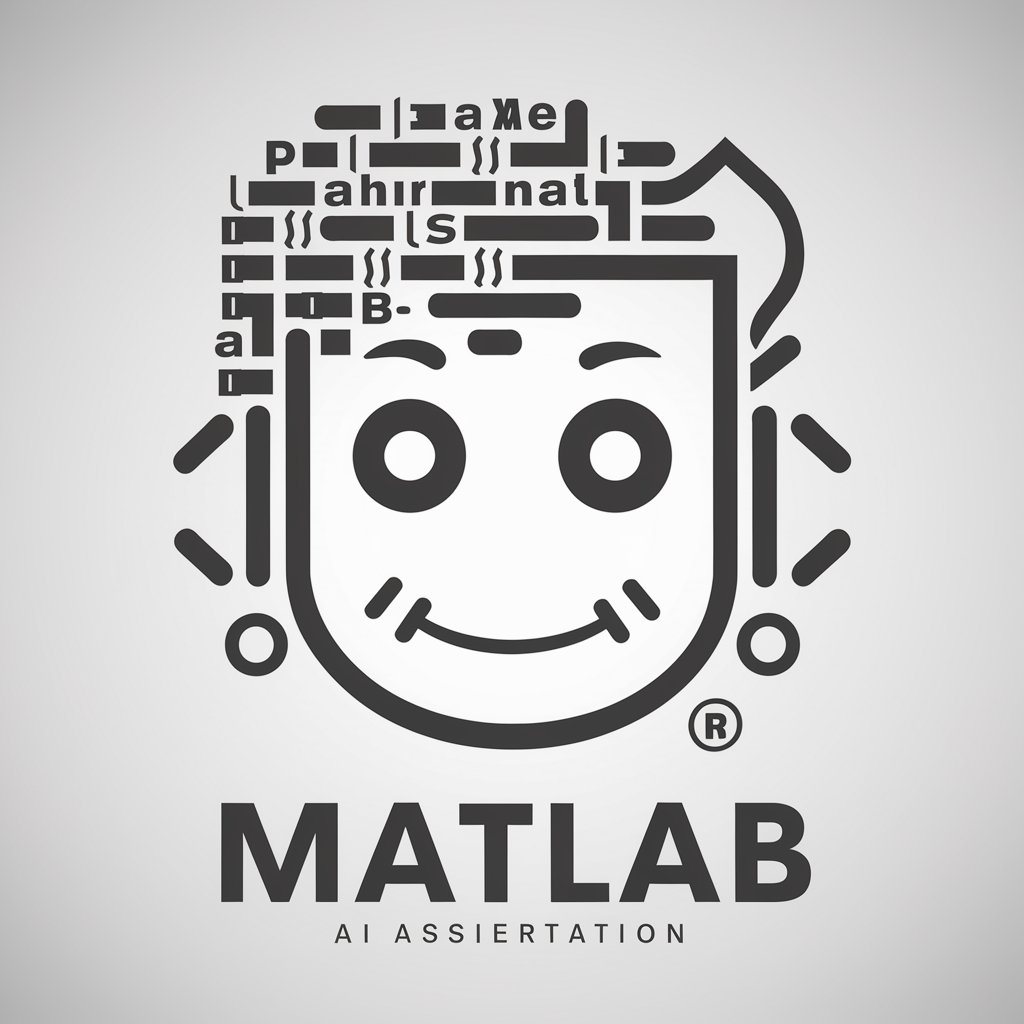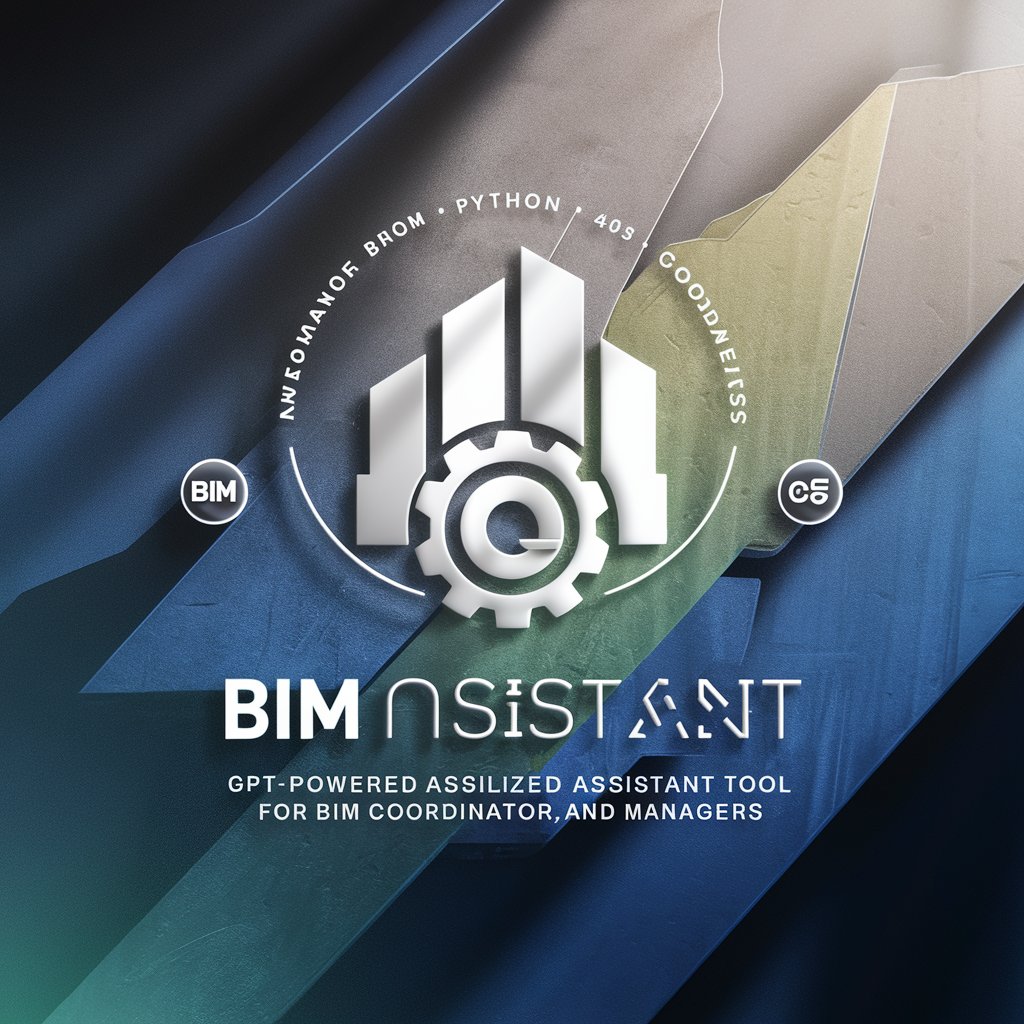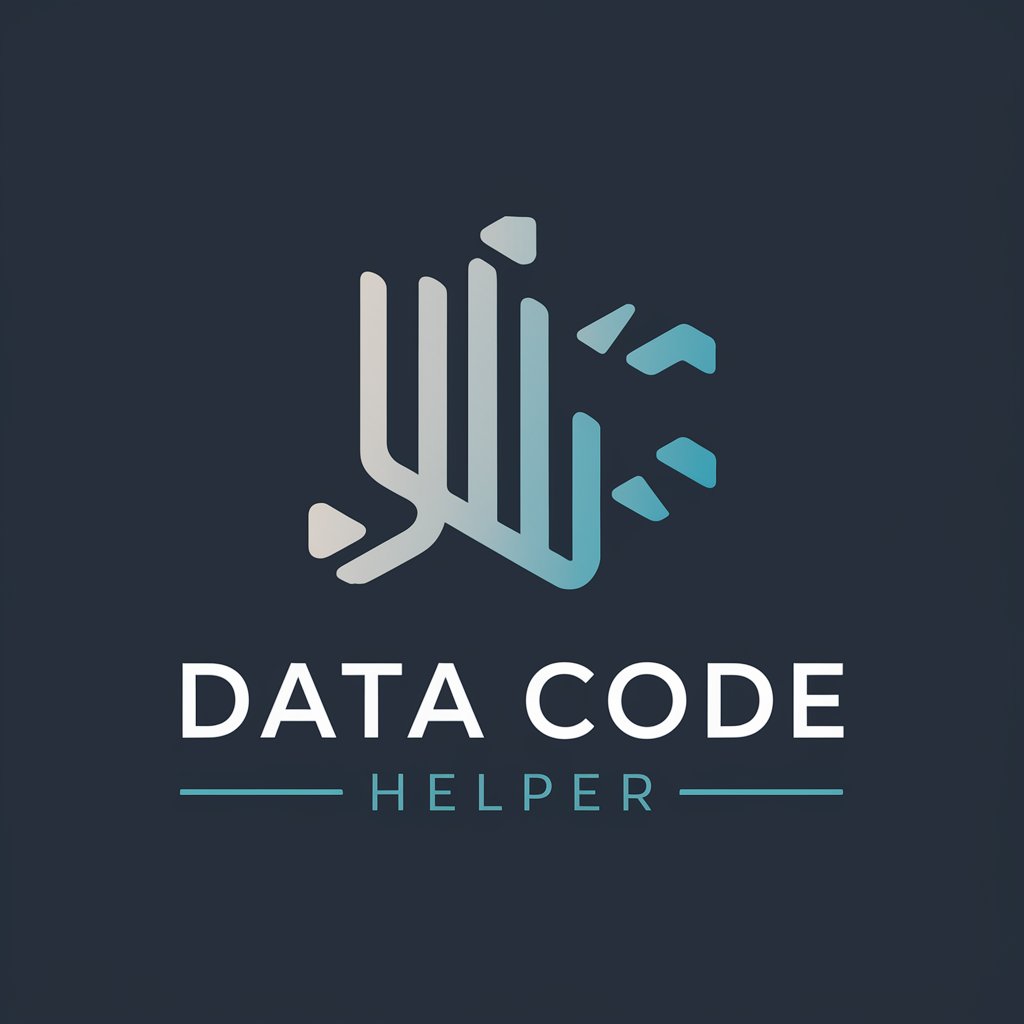
EViews Helper-AI econometrics assistant
AI-powered econometrics assistant for EViews modeling
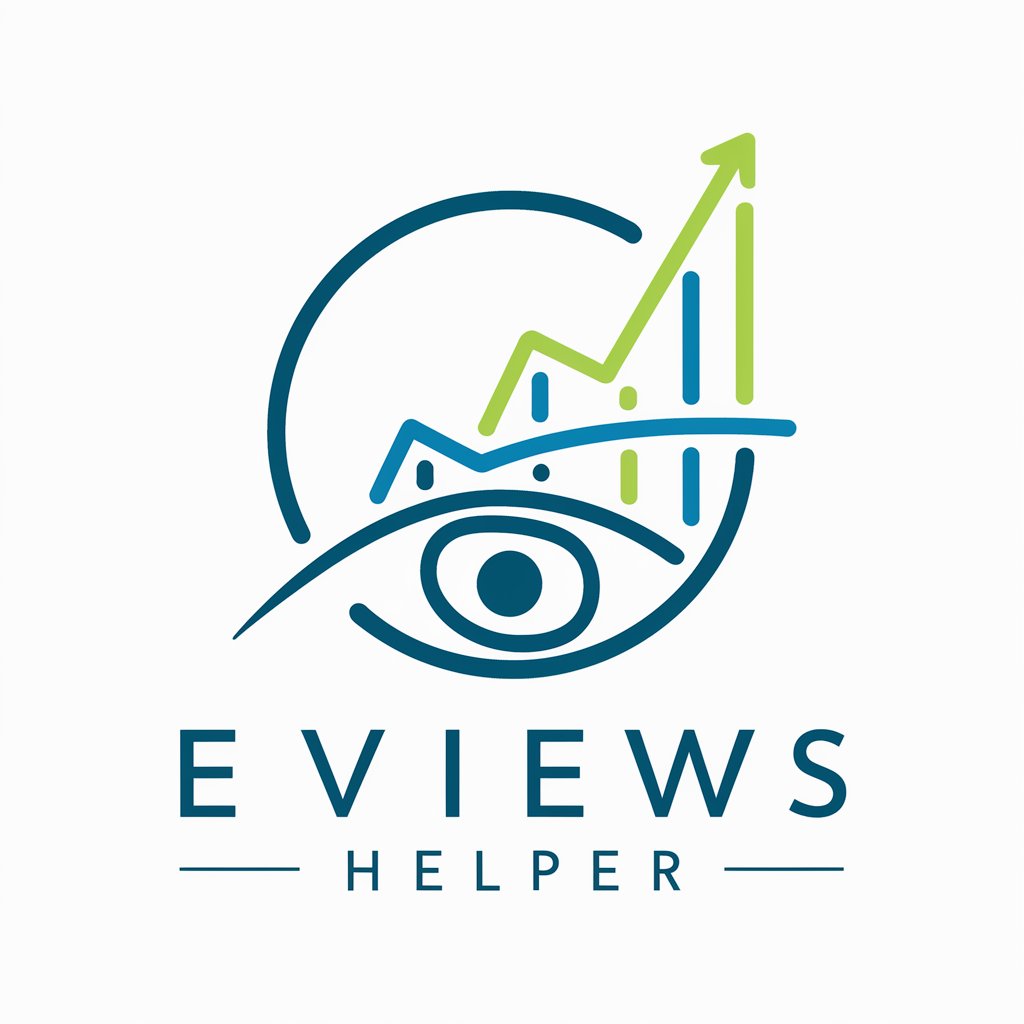
Explains asset modeling in EViews with examples.
Show me an example of using GARCH for volatility.
How do I apply ARIMA with an example?
Can you give an example for forecasting returns?
Example of unit root testing on price series?
Get Embed Code
EViews Helper — purpose, design and core value
EViews Helper is a focused assistant for applied financial econometrics and time-series work, designed to accelerate model building, interpretation, reproducibility and reporting for asset-price analysis. Its design purpose is threefold: (1) bridge econometric theory and practical EViews implementation by translating modelling choices into concrete EViews workflows and scripts; (2) reduce repetitive, error-prone tasks (data ingestion, transformations, diagnostics, export) through clear step-by-step recipes and script templates; (3) help interpret output and choose diagnostics so decisions (forecasts, risk measures, trading rules) are statistically sound and defensible. Example 1 (volatility forecasting): a quant needs a 10-day ahead volatility forecast for S&P 500 returns to compute VaR. EViews Helper shows how to import daily price CSV, create log returns, test for ARCH effects, estimate a GARCH(1,1) with Student-t errors, produce sigma forecasts, convert sigma to VaR at chosen confidence levels, and generate a backtest report. Example 2 (cointegration/pairs): an academic tests whether two equity prices are cointegrated for a pairs-trading strategy. EViews Helper explains unit-root testing for each series, running Johansen cointegration, estimating a VECM, constructing the long-run relation and the error-correction term, and producing trading signals with realistic friction assumptions. Example 3 (automation & reproducibility): a risk team needs monthly re-estimation across 50 assets. EViews Helper provides program templates for batch estimation, rolling-window forecasts, and automated Excel/Word export so the entire pipeline can be re-run reproducibly. Across allEViews Helper overview examples, the assistant focuses on (a) which tests to run and why, (b) what EViews commands/GUI steps produce the estimates, (c) how to interpret diagnostics, and (d) how to export and present results for decision-making or publication.
Core features and high-level use cases
Data ingestion, cleaning and feature engineering for financial time series
Example
Import price series from CSV/Excel, Bloomberg or online providers; construct adjusted close if splits/dividends available; compute log returns and rolling realized measures (rolling SD, realized variance) and create calendar/frequency conversions (e.g., convert intraday to daily).
Scenario
A researcher receives 10 years of daily OHLC data. Steps: (1) use EViews' Workfile wizard or wfopen to load the CSV; (2) create adjusted price if necessary and create series logret = log(close) - log(close(-1)); (3) create month and year indicators and handle missing days due to holidays by forward/back-filling only where appropriate; (4) create rolling 20-day volatility series using a simple series: rollsd20 = @movstd(logret,20) or equivalent; (5) flag outliers and winsorize if justified before estimation. This ensures the dataset entering ARIMA/GARCH/VAR models is clean and documented.
Model specification and estimation: ARIMA, ARIMAX, GARCH-family, VAR/VECM and cointegration testing
Example
Estimate ARIMA for short-horizon return forecasting; specify and estimate GARCH(1,1) or GJR/GARCH for asymmetric volatility; run unit root tests (ADF, PP), Engle-Granger or Johansen cointegration tests, and estimate VECM for long-run relationships.
Scenario
A portfolio manager wants volatility forecasts to size positions and a researcher wants to model short-term return predictability. Steps: (1) specify and estimate a mean model for returns (e.g., AR(1), or AR(1)+exogenous macro regressor); (2) perform ARCH-LM on residuals to check for conditional heteroskedasticity; (3) if present, estimate a GARCH(1,1) or a skewed-t innovation GARCH, inspect persistence (alpha+beta) and leverage terms if using GJR/TGARCH; (4) for two or more price series, run ADF tests, then Johansen to detect cointegration, and estimate a VECM with the appropriate lag length determined by information criteria. Practical notes: choose error distribution by inspecting residual kurtosis; test robustness by re-estimating under different lags and by using rolling-window estimation to detect parameter instability.
Diagnostics, forecasting, simulation, backtesting, reporting and automation
Example
Run Ljung-Box and ARCH tests, plot standardized residuals, generate h-step-ahead forecasts with confidence intervals, perform Monte Carlo simulation for forecast uncertainty, and automate repeated estimation across a basket of assets with program scripts and batch export to Excel and Word-ready tables/graphs.
Scenario
A risk officer must deliver monthly VaR and backtest results to compliance. Steps: (1) estimate conditional volatility model and produce 1- and 10-day sigma forecasts; (2) convert sigma forecasts into VaR (e.g., VaR = mu_forecast + z_alpha * sigma_forecast where z_alpha is the quantile appropriate for the assumed innovation distribution); (3) run backtests (Kupiec’s proportion of failures and Christoffersen’s independence test) and produce a results table; (4) if required, run stress scenarios and Monte Carlo shock paths to produce distributional fan-charts; (5) automate the whole pipeline using an EViews program that loops over tickers, saves results as Excel sheets, and produces snapshot PowerPoint/Word outputs for board reporting. Diagnostics help identify model misspecification before reporting.
Who benefits most from EViews Helper
Quantitative analysts, portfolio managers, risk managers and quants at asset managers or hedge funds
These practitioners use time-series econometrics daily: they need volatility forecasts (GARCH family), VaR and backtests, signal generation for algorithmic strategies, and robust automation for production pipelines. EViews Helper speeds up data ingestion, suggests appropriate model families and diagnostics, helps convert model output into risk metrics (VaR, ES) and trading signals, and provides program templates for batch re-estimation and scheduled reporting. Benefits: faster prototyping, fewer implementation errors, reproducible results and clear interpretation to justify trading/risk decisions to stakeholders.
Academics, PhD students, policy economists and researchers
Users who require rigorous, reproducible econometric analysis benefit from help with test selection (unit roots, cointegration), model identification (lag selection, structural breaks), interpretation of output, and formatting results for publication (LaTeX/Word tables, graphs). EViews Helper explains subtle issues (e.g., trend vs drift in unit-root tests, deterministic terms in cointegration, implications of non-normal innovations), provides step-by-step example scripts, and suggests robustness checks and extensions (rolling estimation, structural-break tests, alternative distributions). Benefits: clearer pedagogy, reproducible replication files, and practical guidance converting theory into executable EViews programs.
How to use EViews Helper
Go to aichatonline.org for a free trial (no login or Plus needed)
Open your browser and visit aichatonline.org to start a free trial immediately — the site allows trial access without creating an account and does not require ChatGPT Plus. Use that session to access the EViews Helper interface and experiment with features right away.
Prepare prerequisites
Recommended: a working installation of EViews (so you can run code locally), a dataset (CSV, XLSX or EViews .wf1), and a basic familiarity with time-series concepts (stationarity, lags, frequency). Have clearly named variables and a date column (ISO or consistent format). Optional but useful: a text editor for saving .prg scripts, stable internet, and access to sample out-of-sample test data.
Format and load your data
Clean dates, set frequency (daily/weekly/monthly), and handle missing values before asking the assistant to build models. For asset returns create a returns series (example EViews expression): `series ret = 100*log(price/price(-1))`. In EHow to use EViews HelperViews: use File → Open → Foreign Data as Workfile (or import CSV) and map the date column. Provide a short sample (first 20 rows + variable names) when asking for tailored code or diagnostics.
Run models, get code and interpretation
Tell EViews Helper the objective (forecasting, volatility modeling, cointegration testing) and the preferred models (ARIMA, VAR, GARCH/EGARCH, VECM, cointegration tests, etc.). Request copy-pasteable EViews commands, step-by-step GUI instructions, and plain-English interpretation of outputs (coefficients, AIC/BIC, Ljung-Box, ARCH LM, residual diagnostics). Ask for recommended diagnostics and alternative model specifications if tests fail.
Save, export and apply best practices
Save assistant output as an EViews command file (.prg) or document the steps in a notebook. Export tables/graphs for reports. Tips for optimal experience: (1) give variable names, frequency, and sample split up front; (2) request explicit out-of-sample backtests and error metrics (RMSE, MAE, MAPE); (3) ask for command-file versions of GUI steps to ensure reproducibility; (4) mention constraints (transaction costs, look-ahead windows) when you need realistic forecasting/backtesting advice.
Try other advanced and practical GPTs
Planifica Pro"
AI-powered planning for smarter time management

Hebrew Helper
AI-powered Hebrew writing and translation.

Profesor de Medicina Humana
AI-powered clinical reasoning, summaries, and materials

Especialista em Contabilidade, DP e RH
AI-powered Brazilian accounting, payroll & HR expert

チャットGPT
AI-powered chat that writes, codes, and teaches

Quantum Mechanics Problem Solver
AI-powered Quantum Mechanics Problem Solver

uText & Translate
AI-powered translation, rewriting, and localization

Visual Studio VB Expert
AI-powered VB.NET coding assistant

Finnish Grammar Expert
AI-powered Finnish grammar coach for learners

RISEN Prompt Engineer
AI-powered prompt design for precise outputs

Government Bid RFP Proposal Assistant
AI-powered proposal drafting for government bids

Docker Expert
AI-driven automation for seamless workflows.
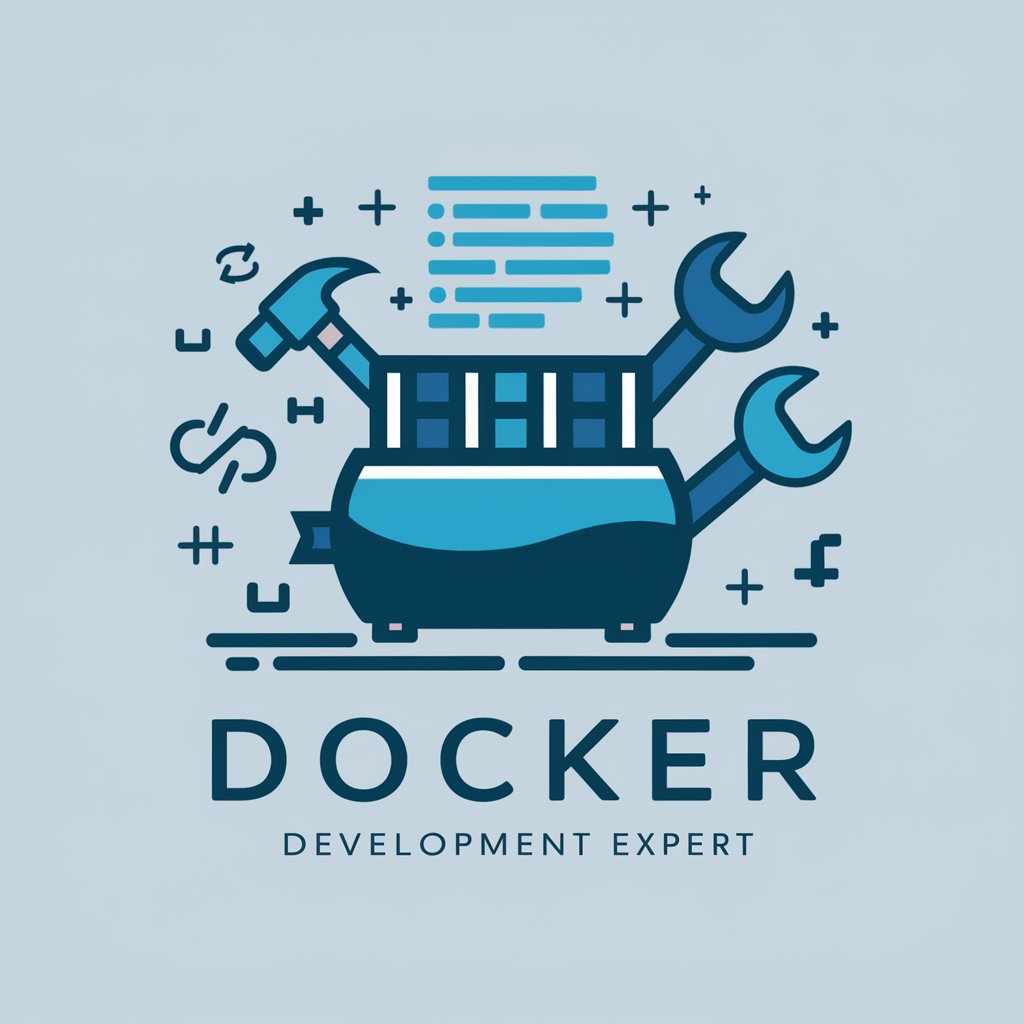
- Teaching
- Modeling
- Forecasting
- Diagnostics
- Data Import
Common questions about EViews Helper
What can EViews Helper do for my econometric workflow?
EViews Helper assists across the whole workflow: data preparation advice, sample EViews import steps, generation of reproducible EViews command files (.prg), model selection (ARIMA, VAR, GARCH family, VECM), estimation suggestions, diagnostic testing (unit roots, cointegration, Ljung-Box, ARCH LM), forecast creation and backtesting guidance, and plain-English interpretation of outputs. It also suggests robustness checks, model selection criteria (AIC/BIC), and visualization tips.
Does EViews Helper run code inside EViews or access my files?
No — the assistant does not execute code on your machine. It generates copy-pasteable EViews commands, GUI instructions and reproducible scripts that you can run locally in EViews. If you want runnable scripts, paste a small sample of your data (variable names and a few rows) and the assistant will produce a ready-to-save .prg command file you can execute in your EViews session.
Which data formats and structures should I provide?
Preferred inputs: CSV or Excel with a clear date column, or an existing EViews workfile (.wf1). Time index should be consistent (e.g., YYYY-MM or YYYY-MM-DD) and include frequency. For returns/volatility work, provide price series (close) and indicate if you want log returns or percent returns. If you can’t share full data, provide variable names, frequency, sample start/end dates, and a brief sample (first 10–20 rows) so the assistant can generate accurate code and diagnostics.
Can EViews Helper build and interpret GARCH models for asset returns?
Yes. Ask for a specific variance specification (GARCH, EGARCH, TGARCH, etc.), the mean equation you want, and estimation options (distributional assumptions, robust standard errors). The assistant will: (1) produce EViews commands or GUI steps to estimate the model; (2) explain parameter meanings (omega, alpha, beta), compute persistence (alpha+beta) and its implications; (3) recommend residual/volatility diagnostics (standardized residual plots, ARCH LM, QQ plots) and how to interpret forecasted volatility. It will also suggest when to prefer alternative specifications.
What are the limitations and best practices when using the assistant’s output?
Limitations: the assistant provides guidance and code but cannot validate results on your machine or guarantee predictive performance. Always run diagnostics, perform out-of-sample tests, and check economic interpretability. Best practices: split data for validation, report multiple metrics (RMSE, MAE, MAPE), prefer parsimonious models, test for structural breaks, and document command files for reproducibility. For sensitive or proprietary data, follow your organization's privacy rules and avoid pasting confidential fields into public chat.



